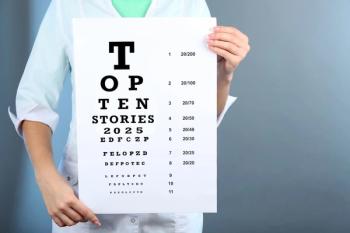
Ray Therapeutics, Forge Biologics announce viral vector contract development and cGMP manufacturing partnership
The companies note that the partnership will propel Ray Therapeutics’ lead optogenetics gene therapy to Phase 1-2 clinical trials.
Ray Therapeutics and Forge Biologics have announced a manufacturing partnership that will advance Ray Therapeutics’ lead optogenetics gene therapy program, Ray-001, into clinical trials for patients with retinitis pigmentosa.
According to a news release, Forge, a gene therapy-focused contract development and manufacturing organization, will provide adeno-associated viral (AAV) process development, scale-up engineering and cGMP manufacturing services for Ray Therapeutics’ program, Ray-001.
Ray Therapeutics is a biotechnology company developing optogenetic gene therapies for patients with retinal degenerative conditions.
The companies noted that the program will utilize Forge’s platform process including its proprietary HEK 293 suspension Ingition Cells and pEMBR adenovirus helper plasmid. All development and cGMP manufacturing activities will occur at The Hearth, Forge’s 200,000-square-foot gene therapy cGMP production facility in Columbus, Ohio.
“We have set up Forge to provide end-to-end gene therapy manufacturing services to enable support for clients striving to make significant improvements in patients’ lives,” Timothy J. Miller, PhD, CEO, President, and Co-Founder of Forge, said in a statement. “We look forward to helping Ray Therapeutics advance their AAV manufacturing with an eye towards restoring vision in patients with ophthalmology disorders.”
Ray-001 is intended for use in treating patients with retinitis pigmentosa (RP). Optogenetics is an approach that has the potential to restore useful vision to visually-impaired and blind individuals. Patients with RP have damaged photoreceptors, the primary cells required for vision, which are lost and cannot regenerate.
However, inner retinal neurons downstream to photoreceptors, especially retinal ganglion cells (RGCs), persist in significant numbers through late-stage disease. Ray Therapeutics’ lead candidate Ray-001 uses intravitreal administration, from which the vector diffuses into the retina and transduces primarily the RGCs.
“Ray-001 is a ground-breaking new approach to treat inherited retinal diseases using the power of optogenetics, and working together with Forge, we are one step closer to restoring vision in patients who are going blind,” Paul Bresge, CEO of Ray Therapeutics, said in a statement.
Newsletter
Don’t miss out—get Ophthalmology Times updates on the latest clinical advancements and expert interviews, straight to your inbox.





